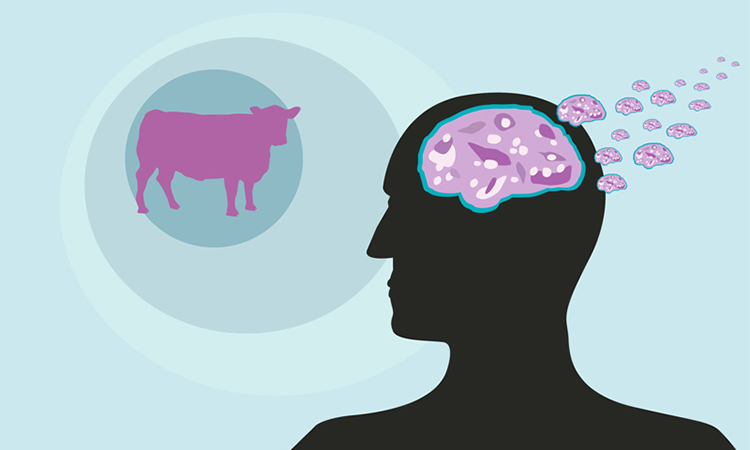Team develops cerebral organoid system to screen for CJD drugs
Posted: 20 April 2021 | Victoria Rees (Drug Target Review) | No comments yet
Researchers have developed their previously created brain organoid to test for potential drugs against Creutzfeldt-Jakob disease (CJD).


Two years after establishing a human cerebral organoid system to study Creutzfeldt-Jakob disease (CJD), US National Institutes of Health (NIH) researchers have now further developed the model to screen drugs for potential CJD treatment.
Human cerebral organoids are small balls of human brain cells ranging in size from a poppy seed to a pea; scientists use human skin cells to create them. CJD is a fatal neurodegenerative brain disease of humans caused by infectious prion proteins. It can arise spontaneously, result from a hereditary mutation within the prion gene, or arise due to infection, for example, from eating contaminated meat products.
According to the researchers, the lack of a completely human CJD model has been a considerable barrier hindering the discovery of potential therapies. Studies in mice have failed to identify treatments that were then effective when tried in patients. The human cerebral organoid CJD model holds promise that this barrier can be eliminated. Cerebral organoids have organisation, structure and electrical signalling systems similar to human brain tissue. As they can survive in a controlled environment for months to years, cerebral organoids also are ideal for studying central nervous system diseases (CNS) over lengthy periods of time.
The scientists tested pentosan polysulfate (PPS) to determine its potential preventive and therapeutic benefits. In the experiments, PPS treatment reduced the disease indicators by 10-fold or more without causing tissue death. PPS is a benchmark antiprion compound in laboratory experiments, but it is rarely used clinically because it requires direct administration into the brain.


A cerebral organoid shown overlaid with test results from prion infected organoids that were left untreated or treated with PPS. The results show that treatment reduces disease-associated protein [credit: NIAID].
While it may extend a patient’s life, PPS has not been shown to improve quality of life. However, using the antiprion properties of PPS with the new human organoid CJD model allowed the researchers to assess the value of this model system for drug discovery. The scientists showed that the human organoid model can be used to screen compounds that may be useful for preventive treatment. Such treatment could be used for people carrying genetic mutations that cause the disease, but who have not yet developed symptoms or for people who may have been exposed to infectious prion proteins that might cause CJD. The model further proved useful for screening drugs against established CJD after a patient is diagnosed and starts showing symptoms of disease.
The team are now working to expand the organoid model for screening larger numbers of novel drug candidates. Their goal is to find treatment options for people who are susceptible to CJD because of their genetics or who accidentally are exposed, as well as for those who develop sporadic disease. They are optimistic that with their fully human model of disease, they can now identify compounds with promise for benefitting patients with CJD.
The study was published in Scientific Reports.
Related topics
Drug Development, Organoids, Pharmacology, Screening, Therapeutics, toxicology
Related conditions
Creutzfeldt-Jakob disease (CJD)
Related organisations
US National Institutes of Health (NIH)


